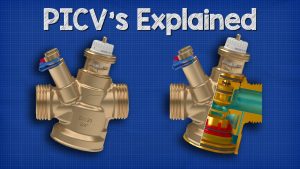Through conduit gate valve is a sliding valve whose closing parts are parallel gates. The closing member may be a single ram or a double ram with a split mechanism in between. The medium pressure on the floating ram or the floating seat controls the pressure of the ram on the seat. In the case of a double plate gate valve, the support mechanism between the two gates may supplement this compression force.
The advantage of the through conduit gate valve is its small flow resistance; the non-shrink mouth of its flow resistance and short tube flow resistance is similar. The through conduit gate valve with an orifice is installed on the pipeline and can be pigged directly with a pig. Because the gate slides on both seat surfaces, the plate gate valve fluid is suitable for media with suspended particles, and the sealing surface of the through conduit gate valve is automatically positioned. Seat sealing surfaces are not subject to thermal deformation of the valve body. And even if the valve is closed in cold conditions, the thermal extension of the stem will not overload the sealing surface.
The disadvantage of the through conduit gate valve is that when the medium pressure is low, the sealing force of the metal sealing surface is not enough to achieve a satisfactory seal. On the contrary, when the medium pressure is high, if the sealing surface is without system medium or external medium lubrication, often open and close can make the sealing surface wear too much. Another disadvantage is that a circular gate moving laterally in a circular flow path is more sensitive to flow control only when it is at 50% of the valve’s closed position. Moreover, when the gate is cut off, the high-speed and high-density medium flow, it will produce violent vibration. It can also be used for throttling if the seat is v-vented and tightly guided to the ram.












